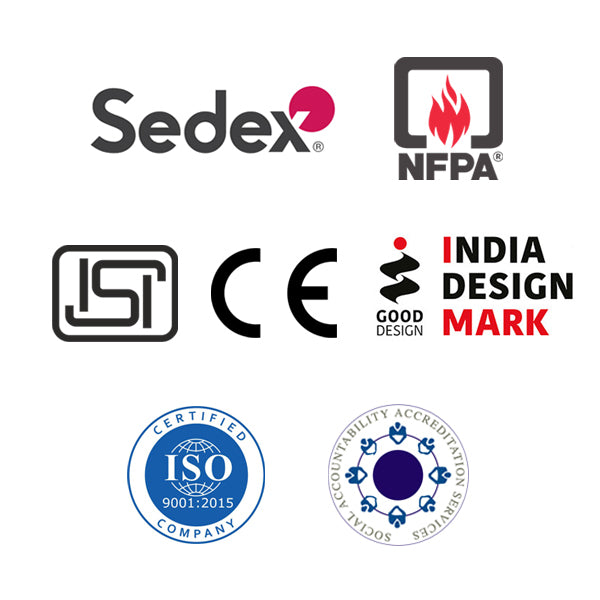D810
Share
Driver gloves
- Combined leather driver gloves
- Beige grain palm and brown split leather back
- Keystone thumb and elasticized back
- Colored binding tape at the end of the cuff
Abrasion
Grip
Dry Environment
Cuff
Select Size
D810

Size Chart
How to Measure
D810

D810

Delivery & Services

Easy Return
with our 15 days return poicy
Regular price
Rs. 0
Sale price
Rs. 0
Regular price
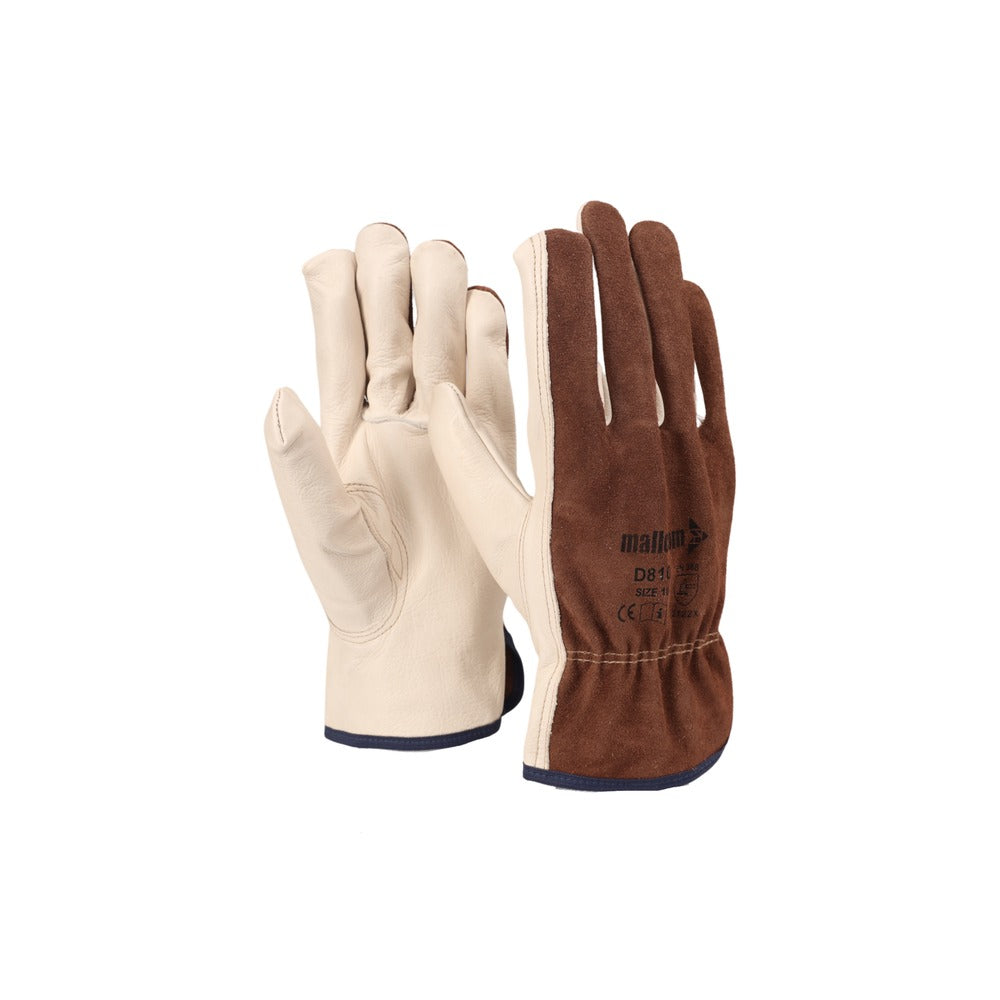
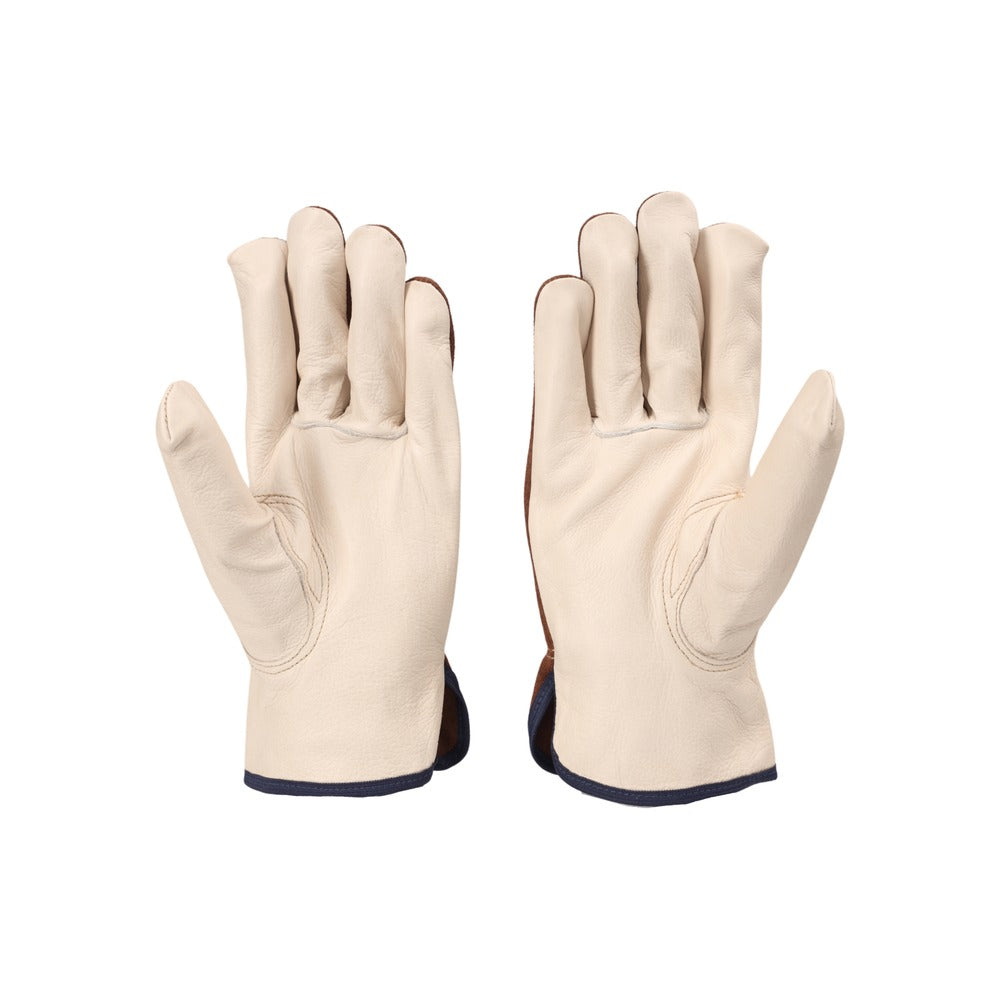
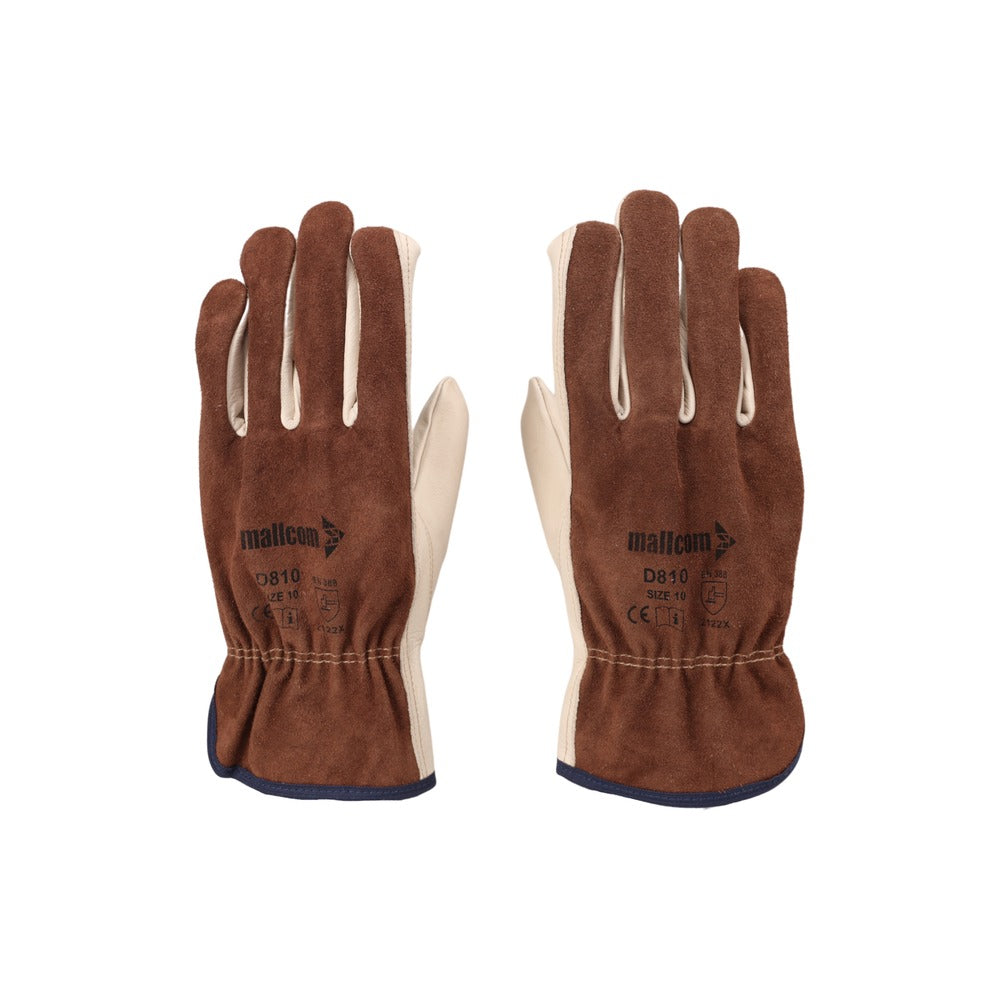

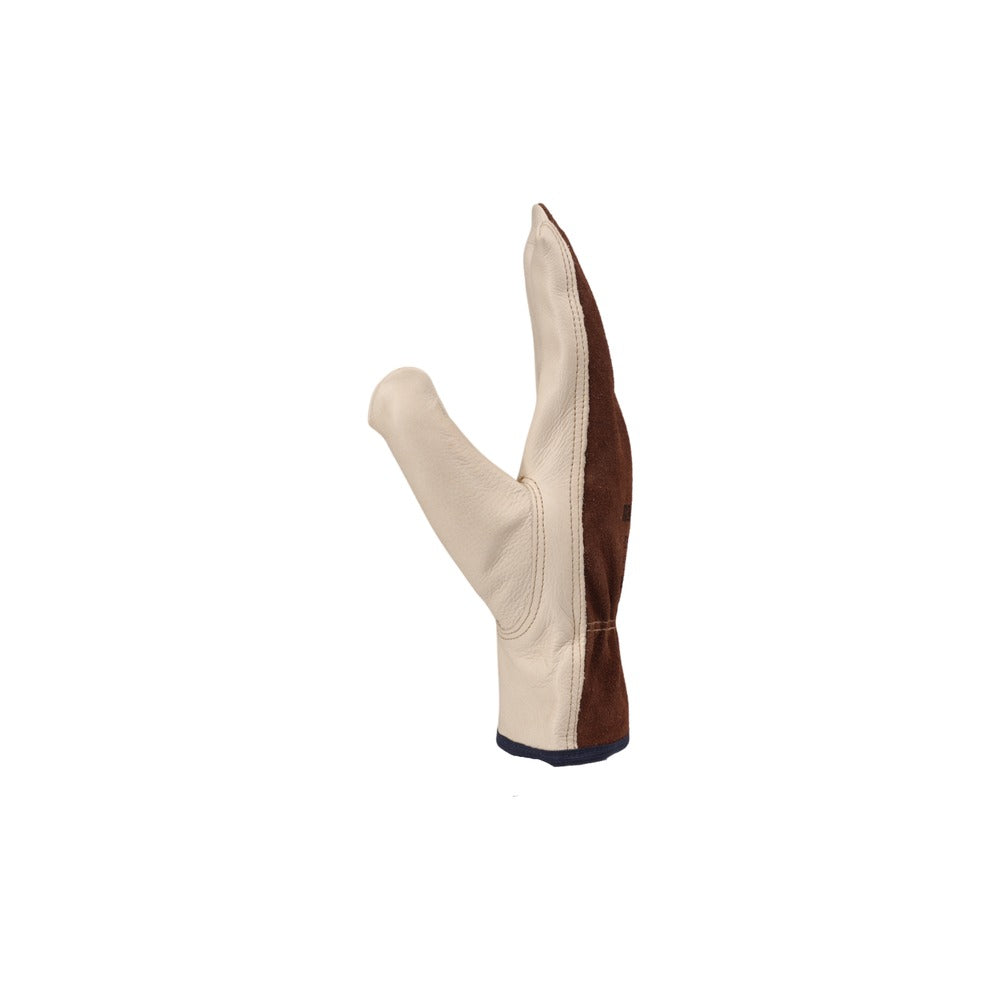
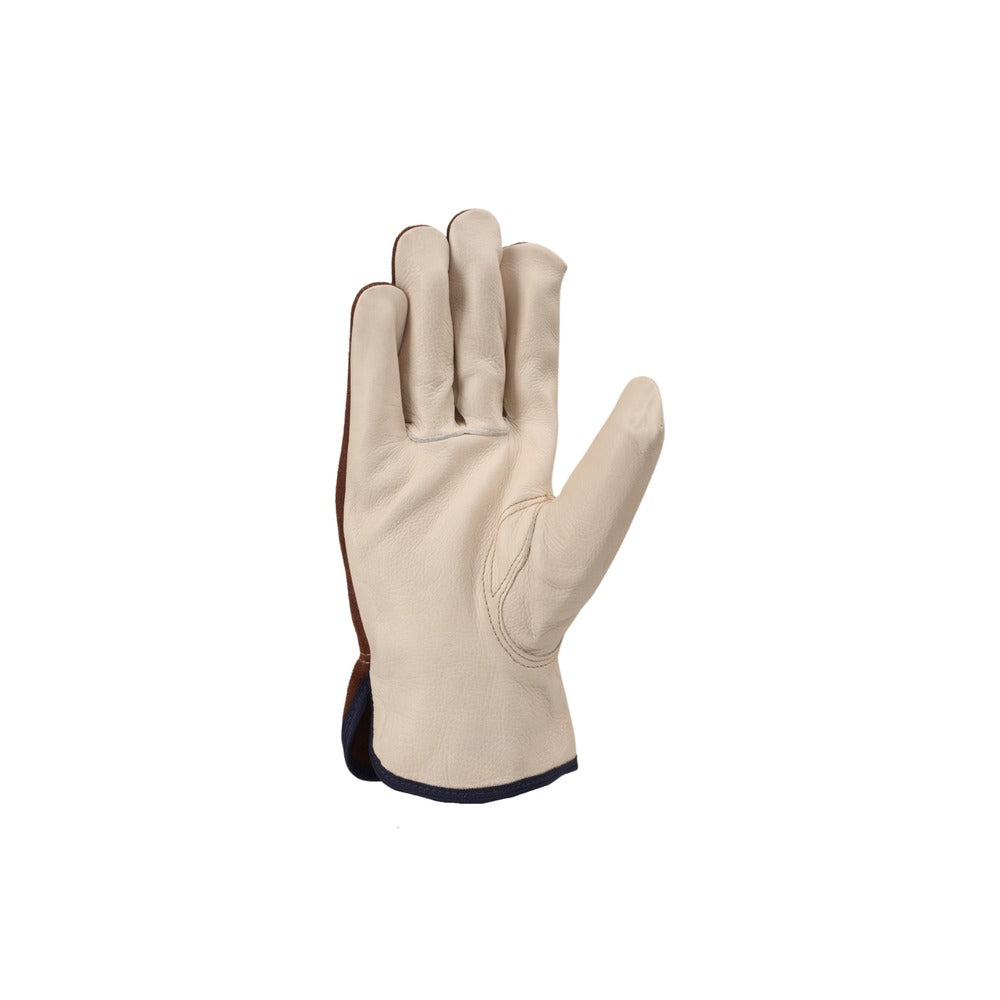
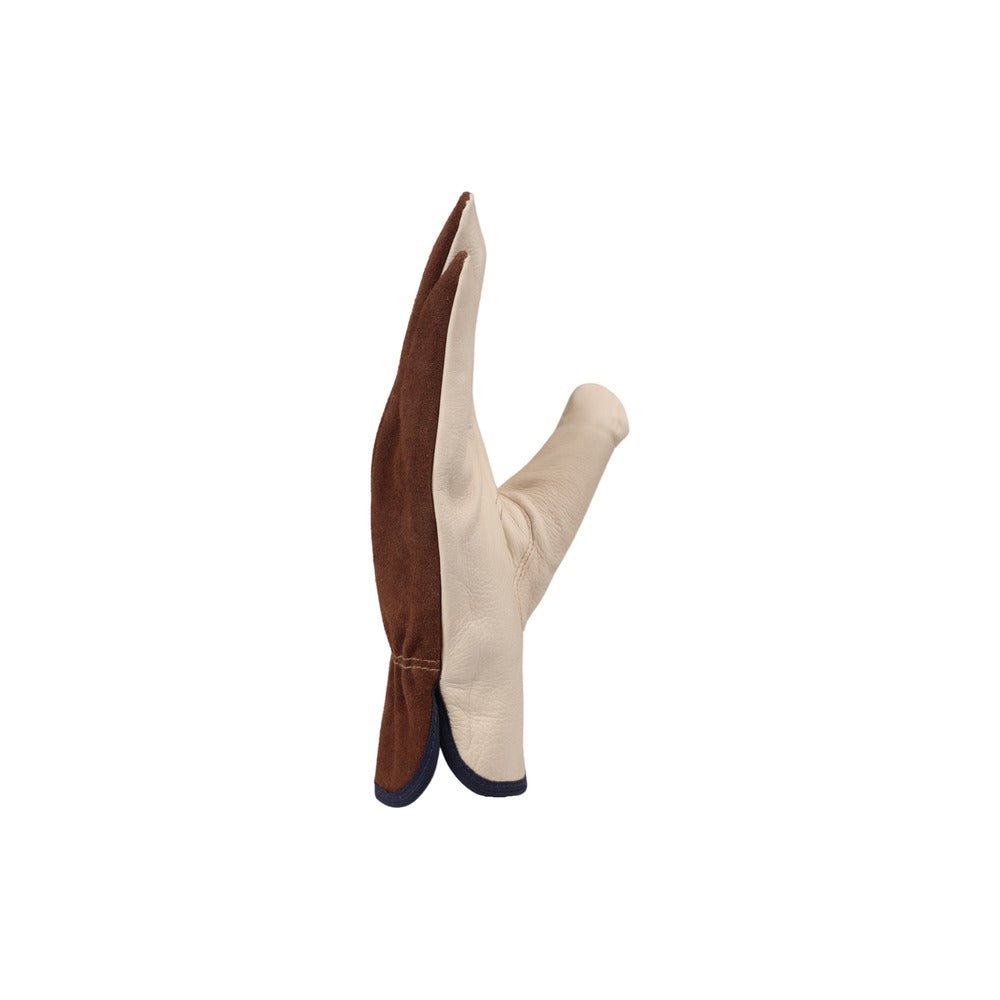
ABOUT THE DESIGN

USEFUL IN THESE INDUSTRIES
CONSTRUCTION
IRON & STEEL
LOGISTICS
MANUFACTURING

Product Features
ABOUT THE DESIGN
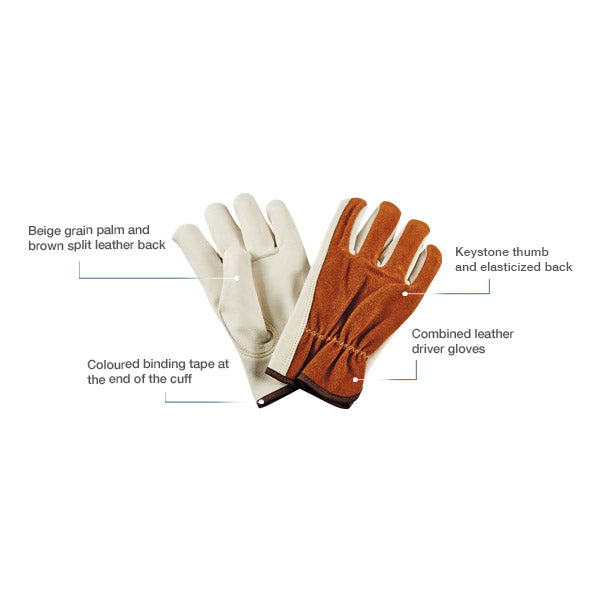
USEFUL IN THESE INDUSTRIES
CONSTRUCTION
IRON & STEEL
LOGISTICS
MANUFACTURING
Product Details
